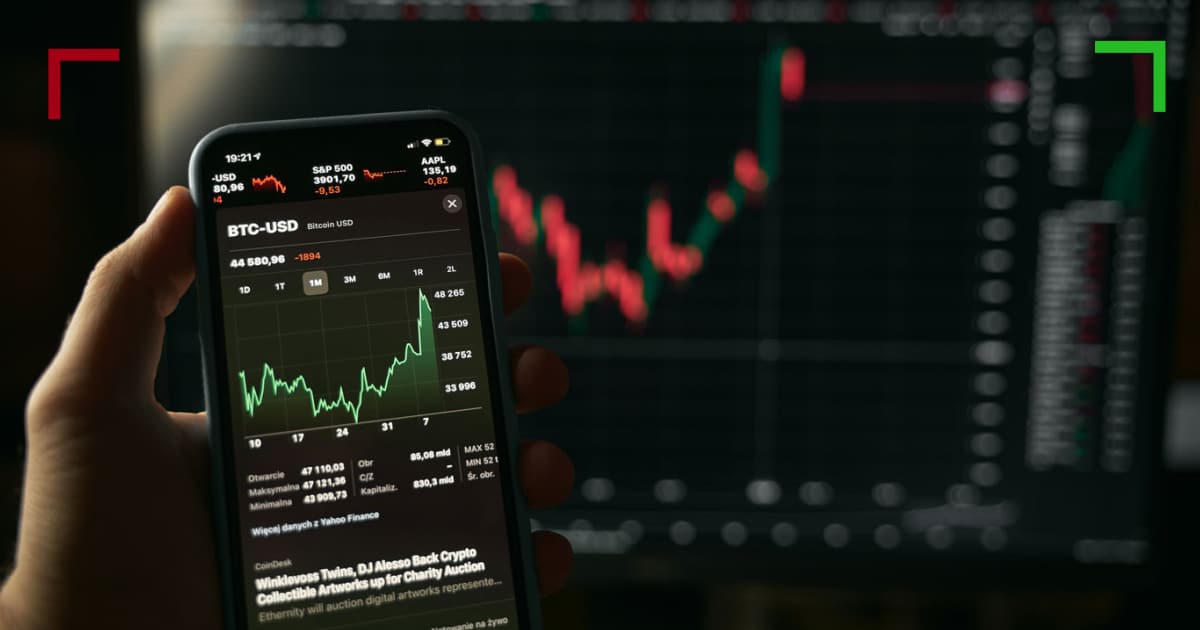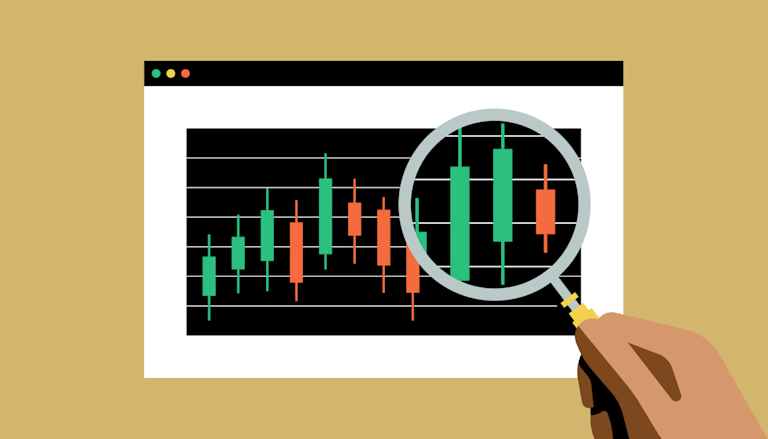
Understanding Crypto Trading Order Types
In the world of cryptocurrency trading, order types play a vital role in the trading process. They define how and when you buy or sell a cryptocurrency asset. By understanding the different crypto trading order types available to you, you can make better decisions and enhance your trading strategy. This article provides an overview of the various order types including market orders, limit orders, stop-loss orders, and more. For a more comprehensive look into ways of trading, check out Crypto Trading Order Types https://www.babypips.com/trading/introduction-different-ways-trading.
1. Market Orders
Market orders are one of the most straightforward types of trading orders. When you place a market order, you are instructing the trading platform to buy or sell a cryptocurrency at the best available price. These orders are executed immediately, which means they are ideal for traders who want to enter or exit a position quickly without waiting for a specific price.
Market orders come with a notable point of consideration: the price at which your order is executed may not exactly match the price you see when placing the order due to market fluctuations. This is often referred to as “slippage.” Market orders are typically used by traders who prioritize speed over price accuracy.
2. Limit Orders
Limit orders allow traders to specify the exact price at which they want to buy or sell a cryptocurrency. By placing a limit order, you are saying, “I want to buy (or sell) this asset, but only at this price or better.” This type of order gives you more control over your entry and exit points.
For example, if Bitcoin is currently trading at $40,000 but you believe it will drop to $38,000, you can set a limit order to buy at $38,000. Your order will only be executed if the price reaches that level. The same principle applies when selling; if you want to sell Bitcoin at $42,000, you would set a limit order to do so.
3. Stop-Loss Orders
A stop-loss order is designed to help traders minimize potential losses. By placing a stop-loss order, you instruct the trading platform to automatically sell your cryptocurrency when it reaches a certain price level. This order is particularly useful for managing risk as it helps protect your investment from significant downturns.
For instance, if you bought Ethereum at $3,000 and want to limit your losses to 10%, you would place a stop-loss order at $2,700. If Ethereum’s price drops to $2,700, your stop-loss order will trigger and execute a sell order, thereby protecting your investment from further losses.
4. Stop-Limit Orders

Stop-limit orders combine features of both stop-loss and limit orders. When you place a stop-limit order, you specify a stop price and a limit price. Once the asset’s price hits the stop price, the order becomes a limit order, which only executes at the limit price or better.
This type of order offers a level of control that standard stop-loss orders do not provide because you can dictate the maximum or minimum price at which the order should fill. However, it also carries the risk of the trade not executing if the limit price is not met after the stop price has been reached.
5. Trailing Stop Orders
A trailing stop order is a dynamic form of stop-loss order that adjusts based on the market price of the cryptocurrency. It allows traders to set a specific percentage or dollar amount away from the market price; if the price moves favorably, the stop price shifts accordingly. If the market moves against the trader by the predetermined amount, the trailing stop order triggers a market order to sell the cryptocurrency.
This helps traders lock in profits while still allowing for upside potential. For example, if you set a trailing stop at $100 below the current price of Bitcoin and the price rises to $45,000, your trailing stop adjusts to $44,900. This order is quite advantageous for traders who want to maximize gains while minimizing potential losses.
6. Fill or Kill Orders
Fill or kill (FOK) orders are specific instructions for a trade to be executed immediately in its entirety or not at all. This type of order ensures that you do not end up with partial fills, which could happen with limit orders if not all of your desired amount can be bought or sold at the specified limit price.
If the entire order cannot be filled instantly, the Fill or Kill order will be canceled instead. This type of order is beneficial when you prioritize execution certainty over potentially better pricing.
7. Good Till Canceled (GTC) Orders
Good Till Canceled (GTC) orders remain active until they are either filled or canceled by the trader. This means you don’t have to keep placing the same order repeatedly; it stays live on the order book for a longer period, usually up to several months, depending on the exchange.
GTC orders can be particularly useful for strategic trading. If you anticipate a price movement but want to wait for a more opportune moment to enter, a GTC order can provide that flexibility. However, it requires attention, as the trader needs to manage their open orders and adjust them if market conditions change significantly.
Conclusion
Understanding different crypto trading order types is crucial for every trader looking to improve their trading effectiveness. Each type of order comes with its unique advantages and potential drawbacks; thus, selecting the appropriate order type based on your trading goals and market conditions is essential. Whether you are a day trader seeking quick entries or a long-term investor looking to manage risk, having a solid grasp of these order types can significantly impact your trading outcomes.
